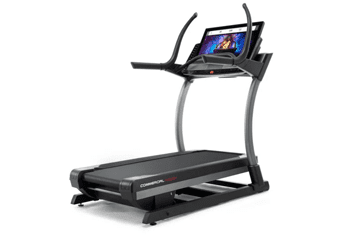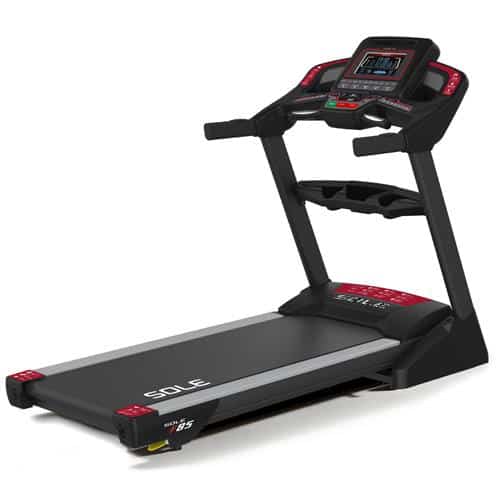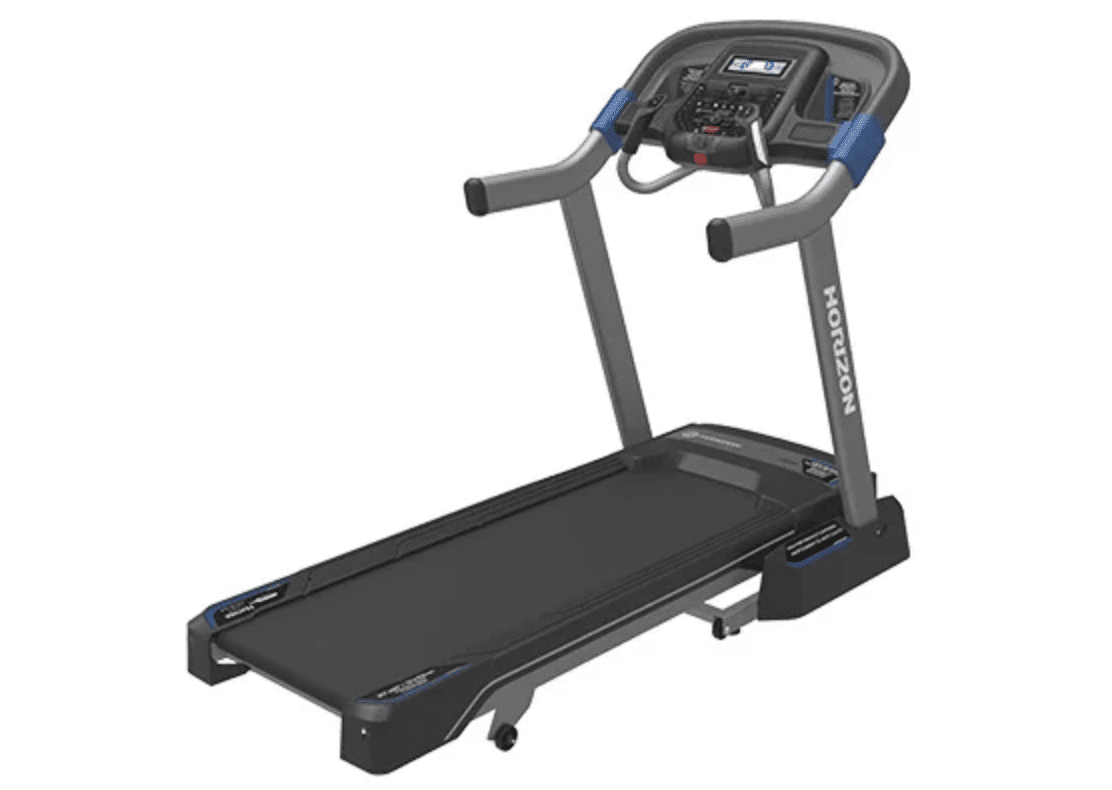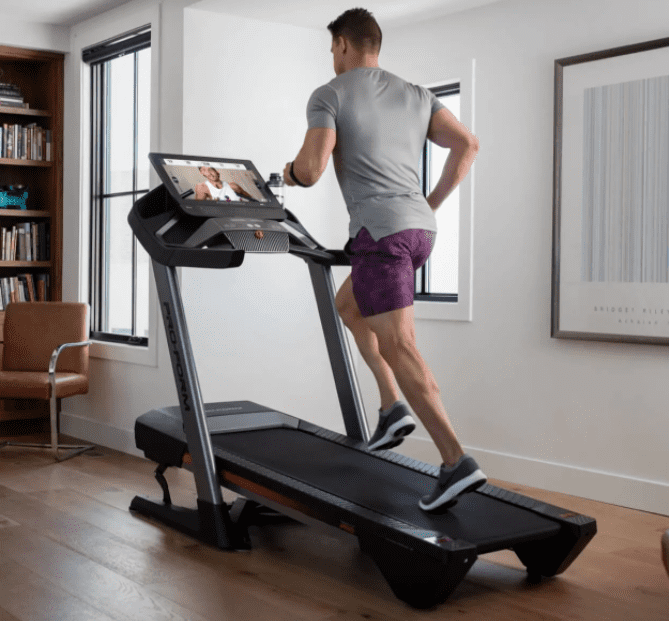Table of Contents
What’s the Best Fit for You?
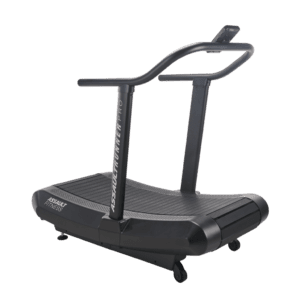 By now, you’ve probably heard about curved treadmills. There’s been a lot of hype in the past few months about their amazing benefits and how awesome they are for HIIT workouts. Now, there’s more and more new types of treadmills on the market. And it seems like there’s more and more fitness trends popping up every day on social media.
By now, you’ve probably heard about curved treadmills. There’s been a lot of hype in the past few months about their amazing benefits and how awesome they are for HIIT workouts. Now, there’s more and more new types of treadmills on the market. And it seems like there’s more and more fitness trends popping up every day on social media.
With all the chatter out there about what’s the best for burning fat, losing weight, and staying healthy, it can be hard to figure out what really works and what’s really worth the money. So before you go out and buy a brand new curved treadmill, check out these pros and cons to find out if a curved treadmill is really the best fit for you.
What Is a Curved Treadmill?
Isn’t a curved treadmill just a traditional treadmill but in a new design? Well, not quite. A curved treadmill does have a different shape than a normal treadmill, but it also has one major difference from a traditional treadmill…
It doesn’t need electricity! Curved treadmills are actually completely powered by you. The treadmill belt is designed so that as soon as you get on it, you’re the one controlling the speed and movement of the belt. There’s no speed or incline buttons – if you want to speed up the belt, you run faster, and if you want to decrease the speed, you run slower. No plugs, no chords, almost no buttons – and absolutely no electricity required.
Why Should I get a Curved Treadmill?
The best thing about curved treadmills is that they are designed for HIIT workouts. Honestly, doing a HIIT workout on a traditional treadmill can be a hassle – especially the transition from high speed to low speed. With a curved treadmill, it’s easy and natural, because you’re in control, not the machine. You can easily go from sprinting to walking without messing with any buttons or having to jump of the treadmill or anything like that.
Another benefit to working out on a curved treadmill is that it’s a harder workout. Scientific studies about curved treadmills show that runners using curved treadmills had a higher oxygen uptake, higher heart rates, and overall felt like they were working harder than on a traditional treadmill (1). So, if you’re looking to take your treadmill workout to the next level and kick it up a notch, a curved treadmill could be just the thing you’re looking for.
Some sources even claim that running on a curved treadmill burns “30% more calories” than on a normal treadmill (2). And although there’s not many studies backing that up, it’s very likely, since it is a harder and more natural run than on a traditional treadmill.
 Are Curved Treadmills Better for Your Knees?
Are Curved Treadmills Better for Your Knees?
Since running on a curved treadmill mimics natural outdoor running, some say it’s better for your joints and easier on your knees than a traditional treadmill. One recent article from Men’s Health says, “The arc shape promotes a natural stride and ‘proper’ form by encouraging you to run on the balls of your feet, making for a softer landing and reducing any potential stress on your joints” (3).
Running naturally is super important in preventing injuries. Using a correct running technique – making sure the balls of your feet are hitting the pavement or your treadmill before your heels – can save you from painful injuries in the future.
Curved treadmills can offer less stress on your ankles and knees, often more so than traditional treadmills – since they aren’t typically designed to absorb the shock of pounding the treadmill belt over and over again.
And What Are the Cons of Curved Treadmills?
Curved treadmills offer a lot of benefits – a harder workout, more calories burnt, better for your joints, improves your form – but there are also some disadvantages.
First, curved treadmills are generally more expensive. They can cost anywhere from $2,895–$7,299 and the higher end ones can be even more expensive (4). However, you are saving money on your electricity bill, since your curved treadmill doesn’t need to be plugged into the wall.
Second, it’s really not the best for long, slow runs. Curved treadmills are designed for HIIT workouts – fast sprints at maximum speed. That works really, really well on curved treadmills. But, the rest of your running workouts – incline training, long runs, and walking – well, not so much.
Third, it does take some getting used to. People typically run slower on curved treadmills than on traditional treadmills, because of the concave design. Rachael Basinger from the Wired Runner says your pace is “likely going to be significantly slower than what you can do on a traditional treadmill” (5). You might even feel off-balanced at first, so if you do decide to go with a curved treadmill, just take it slow and remember that your body will have to adjust.
 What’s Best for Me?
What’s Best for Me?
When buying a treadmill, it’s important to think about more than just your budget. You should consider your fitness goals and how often you’ll be using your treadmill, and what type of workouts you’d like to do on it. Many traditional treadmills today have tons of great workout programs built in – so you can just choose one and get running.
If you are looking for a treadmill to specifically do HIIT workouts, a curved treadmill is a really great option for you. Curved treadmills are definitely worth the hype if you are focused on sprint workouts and high-intensity workouts. They have a ton of great benefits that can really help you achieve your fitness goals.
But if you’re looking for a treadmill to use to train for a marathon or to do longer, more sustained runs, then we’d suggest sticking to a traditional treadmill.
You can check out our Best Buy Treadmills for 2021 to find an affordable treadmill that will be best for you and your health goals.
Sources:
1 The Physiological Demands of Curved Treadmills
2 Benefits of Curved Treadmills
3 Men’s Health Curved Treadmills Article

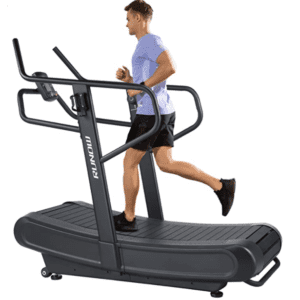 Are Curved Treadmills Better for Your Knees?
Are Curved Treadmills Better for Your Knees? 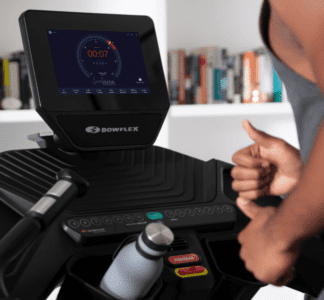 What’s Best for Me?
What’s Best for Me? 